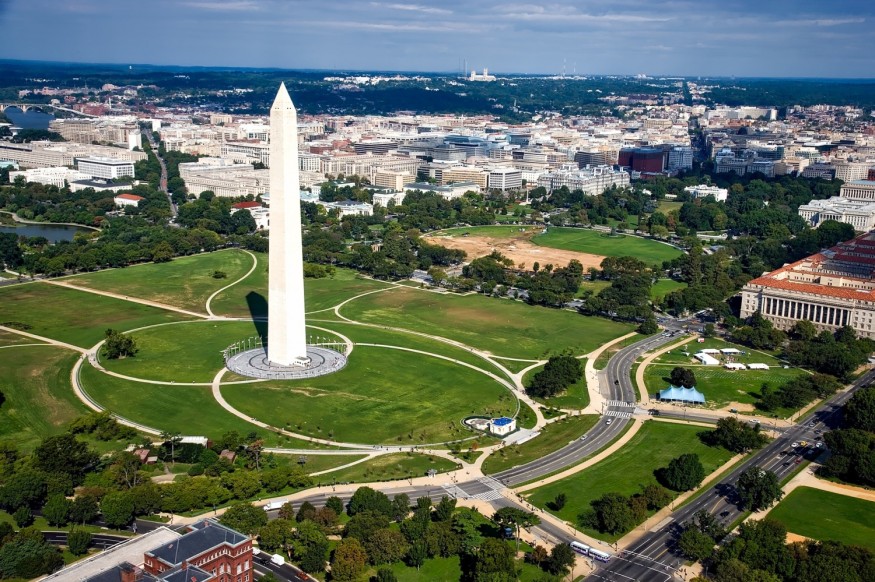
Bill Grayson is the executive director of the Urban Land Institute (ULI) Center for Sustainability and Economic Performance in Washington, D.C. ULI provides leadership and support to real estate and land use professionals to invest in energy-efficient, healthy, resilient, and sustainable buildings and communities through their works like Greenprint, Building Healthy Places, and Urban Resilience programs.
Washington D.C. has already taken some major strides in going green and the act or commonly known as Clean Energy DC has set ambitious goals, including the mandate that by the year 2032 a 100 percent renewable electricity must be used among the household of the area. Other key goals also include a 50 percent reduction in greenhouse gas emissions by 2032, and should be completely out by 2050; beginning in 2026 they should achieve net-zero energy for new construction, and 5 percent of renewable energy deriving from D.C. solar projects by 2032, and 10 percent in 2041.
Bill Grayson answers some of the questions asked to him in an interview:
1. What impact will DC have in our area?
The act will have a big impact on commercial real estate for it will have a significant improvement in energy efficiency in existing buildings. D.C. will experience a significant increase in the amount of onsite renewable energy, and by 2026 it will require a net-zero carbon in new construction. All these plans will only come into fruition as long as D.C. sticks to its plan.
2. The report noted that D.C. is in a good position right now. What is that opinion based on?
D.C.'s average on energy efficiency is in the low 60s while the average for the country is in the low 50s. Through the building code requiring establishments to use LEED for new construction and a fairly high energy code relative to some other states, we can say that D.C. has made significant progress on energy efficiency for the last 8-10 years compared to the rest of the country.
3. What are some reasons why D.C is ahead of others in the nation?
One factor is the country's largest landlord- GSA- has required all leases to move into buildings that are Energy Star certified with a score of 75 or higher. Another one is requiring new construction LEED certification for at least five years, which means that most of the buildings built during that time have met a much stricter energy code than the rest of the country.
4. What are some of the actions that buildings need to be doing now to achieve the aims by 2032?
One of the most important things that buildings should do now is making sure that they are benchmarking their energy performance in Energy Star Portfolio Manager and to make sure that the score is correct. If it is not, D.C. might unfairly penalize a building and may end up having to make significant investments to the building in the next five years to bring the building into compliance.
The second factor is decided by whether you are above or below the median energy thrush score results to whether or not your building is going be required to make a 20 percent improvement in energy efficiency.
5. What resources are available to guide building owners through all of this?
ULI has a program called the Tenant Energy Occupancy Program that helps owners & tenants reduce energy consumption by 50 percent through building sustainable tenant fit-outs. They also have a tool kit called the Embattling Sustainability in Real Estate Transactions to help people make the right decisions in investing especially when it comes to energy efficiency and to help them think about when they are going to buy and sell buildings.
D.C.'s Department of Energy & Environment has a net-zero guide in new construction. Soon, D.C. will also have a hub to support all of the buildings to comply with the Clean Energy Act.
6. What source of funding does the government provide to help people cost-effectively invest in improving energy performance?
D.C. offers two funding sources like the Sustainable Energy Utility and Property Assessed Clean Energy (PACE) program. The former offers rebates, training, low-cost or free energy audits; while the latter offers low-cost financing to make deeper investments.
7. What are the biggest challenges for buildings looking to comply on time?
The first one is knowledge. Many building owners don't know how to start doing the most cost-effective strategies to improve their energy sufficiency, and they also don't know their Energy Score.
Secondly, money or finances could be a challenge. Good thing that Sustainable Energy Utility exists to help improves their financial situation to have access to low-cost capital.
8. What sort of fines will owners be faced with if they are not compliant?
The first time any non-compliant gets penalized will be in 2026. If they're not able to meet their targets then they will have to pay a fine. Also, someone will not get a building permit unless they have a net-zero building for new construction.
There's going to be an intermediate compliance target. In 2028, all 25,000 square feet or more will have to pay a fine for non-compliance, and in 2032 the same thing will happen to those 10,000 square feet or more buildings.
© 2025 ScienceTimes.com All rights reserved. Do not reproduce without permission. The window to the world of Science Times.











